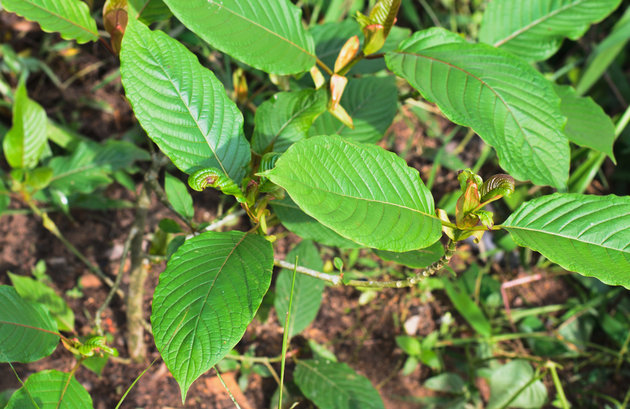Kratom and the Effects if Drug Warriors get their way

Right now, politicians in at least six states are pushing to ban kratom, an herbal drug made from the leaves of Mitragyna speciosa, a Southeast Asian tree. While most opioids have sedative qualities, low to moderate doses of kratom serve as a mild stimulant.
Also, Kratom has long been known as an effective way to alleviate opiate withdrawals. In the 1940s. Kratom is on the DEA’s list of “drugs of concern,” which means federal drug warriors are eyeing a more heavy-handed approach. Much of this anxiety has been driven by fatalities supposedly linked to kratom. But in almost all of the cited cases, toxicology reports showed that kratom users who died also showed signs of polydrug abuse or pre-existing health conditions.
State lawmakers, encouraged by sensationalist news stories and isolated reports of abuse, are treating it like a dangerous recreational substance that must be outlawed. However, people involved in abstinence-only drug rehab have spoken out against the many types of kratom, arguing that the drug is easy to abuse and can interfere with recovery from opioid addiction.
However, people in Southeast Asia have been using kratom for centuries, if not longer, and thousands of Americans now tout it as a promising therapy for opiate withdrawal and an alternative to certain prescription drugs, including narcotic painkillers. But if the drug warriors get their way, none of that will matter — and kratom will be illegal.




